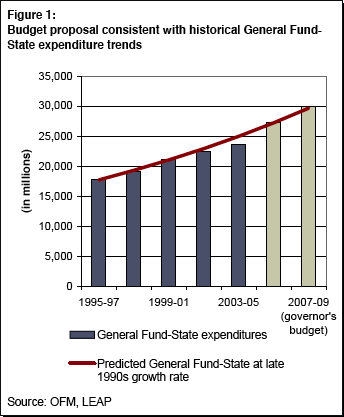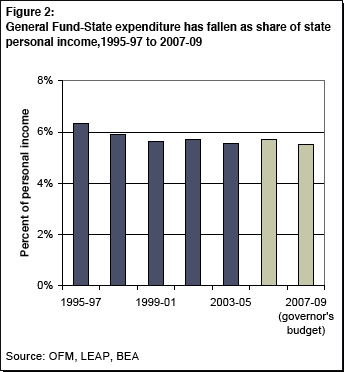No doubt the Seattle Times editorial board doesn’t like taxes, as evidenced by the sarcasm they ooze in commenting on Tuesday’s decisive approval of the two King County Parks levies:
Yes, yes, everyone take a bow and gush over how much we need parks and how much we use them. It is all true, but that doesn’t make it any wiser that the county has become dependent on levies to run its park system.
Well, yeah, I think most tax structure experts would agree that it isn’t particularly wise to depend on dedicated levies to run our parks or anything else. But rather than presenting a constructive discussion of the circumstances that have led us to this situation, the Times merely adopts the lazy, anti-tax meme of blaming elected officials for failing “to make other, unpleasant budget cuts.”
Such as? Over 70-percent of King County’s general fund goes to the criminal justice system — a number typical for counties statewide. Shall we empty the jails? Cut funds for the courts or the sheriffs department? Slash salaries in the prosecutors office? Where’s the fat?
The Times doesn’t know, and they haven’t bothered to look. The editors have the reporting staff of the largest newspaper in the state at their disposal, yet I don’t see the expose on all the waste, fraud and abuse apparently sucking King County coffers dry. And I also don’t see a serious discussion of the reason the county was forced to go to special purpose parks levies in the first place: I-747’s arbitrary and unsustainable 101-percent limit on growth in revenue from existing construction.
The Times continues to editorialize on local property taxes as if they understand what they’re talking about, but I see no evidence of this from the cursory and muddled nature of their discourse. By setting a limit factor on revenue growth well below that of inflation, I-747 intentionally erodes the real-dollar value of regular levies over time. Indeed, the whole point of the initiative was to force local taxing districts to resort to special purpose voter-approved levies like the type the Times now disses; this is exactly the kinda “direct democracy” that Tim Eyman professes, and that the Times sacredly defends.
In fact, the only way for a district to secure a stable inflation-adjusted revenue stream under existing statutes is to run a multi-year lid lift, like the parks levies, which not only permits the district to replace the 101-percent limit factor with a more reasonable growth index, but also specifically requires that the levy be dedicated to a special purpose, and not supplant existing revenue in the general fund.
Ask nearly any government budget writer what they’d prefer, the current system that routinely forces the district to run special purpose levies, or a more reasonable limit factor — say, inflation or 4-percent, whichever is lower — and dollars to donuts they’ll choose the latter.
That’s the issue the Times should be discussing. But they don’t. Or they won’t. Or maybe, they can’t.


